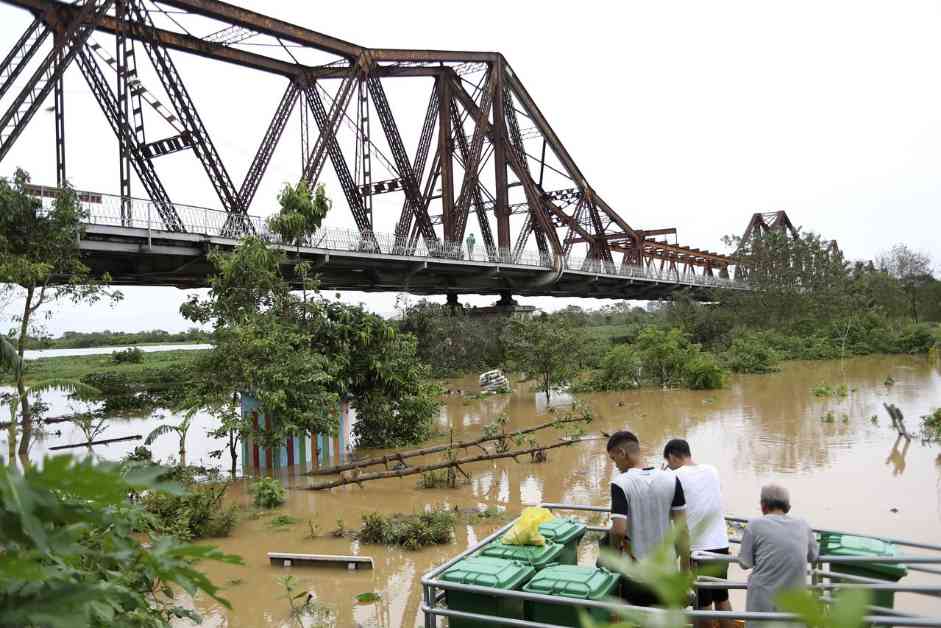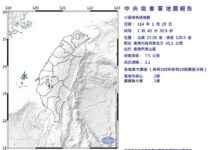Typhoon Molave wreaked havoc in Vietnam, causing the deaths of 87 people and leaving 70 others missing. The aftermath of the typhoon brought heavy rainfall to the northern regions of Vietnam, triggering landslides and flooding in several provinces and cities. The devastating impact of the natural disaster has raised concerns about the safety and well-being of the affected communities.
### Impact of Typhoon Molave
The Vietnamese news outlet VnExpress reported that the Department of Dyke Management and Flood and Storm Control under the Ministry of Agriculture and Rural Development confirmed the grim toll of the typhoon. With 87 fatalities and 70 individuals still unaccounted for, the country is facing a humanitarian crisis in the wake of Typhoon Molave.
### Crisis in Hanoi
The capital city of Hanoi was not spared from the destruction caused by Typhoon Molave. As the upstream areas continued to release floodwaters, the water levels in the Red River surged to a 16-year high. This alarming development prompted authorities to impose a comprehensive ban on crossing the Long Bien Bridge, which spans the Red River. The heightened flood alert in the city has raised concerns about the safety of residents and their properties.
### Response and Recovery Efforts
In the aftermath of the typhoon, Hanoi experienced a temporary lull in the rainfall, allowing emergency response teams to mobilize efforts to clear fallen trees and debris. The strong winds of Typhoon Molave had toppled approximately 25,000 trees in the city, posing a significant obstacle to traffic flow. The immediate focus of the cleanup operations was on removing trees blocking roads, with plans to address the fallen trees in parks subsequently.
### Evacuation and Safety Measures
As the water levels in the Red River continued to rise due to ongoing flooding in the upstream mountainous regions, authorities enforced restrictions on vehicular traffic on key bridges. The Long Bien Bridge was completely closed to traffic, while the Chuong Duong Bridge limited access to certain vehicles, including those with nine or more seats and small trucks. Residents in the vicinity of these bridges were advised to evacuate, with rescue boats deployed to assist individuals in need of assistance.
### International Cooperation and Support
Given the transboundary nature of the Red River, Vietnam reached out to China for assistance in managing the floodwaters. In response to Vietnam’s request, China indicated that two hydroelectric power plants in the upstream region of the Red River had temporarily ceased operations to mitigate the flood risk. The coordination between the two countries underscores the importance of international cooperation in addressing natural disasters and safeguarding vulnerable communities.
### Conclusion
The devastating impact of Typhoon Molave in Vietnam has underscored the urgent need for coordinated response efforts to mitigate the loss of life and property damage. As the country grapples with the aftermath of the natural disaster, the resilience and solidarity of the Vietnamese people have been on full display. With continued support from the international community, Vietnam is determined to overcome the challenges posed by Typhoon Molave and rebuild stronger and more resilient communities.
By providing in-depth coverage and analysis of the situation in Vietnam, we aim to raise awareness and support for the ongoing relief and recovery efforts in the affected regions. Our thoughts and prayers are with the people of Vietnam as they navigate this challenging time and work towards rebuilding their lives in the aftermath of Typhoon Molave.












